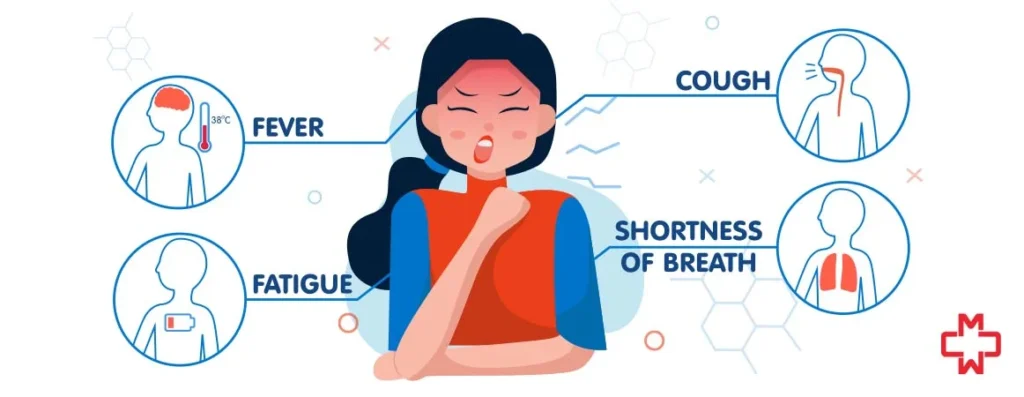Influenza, commonly known as the flu, and the novel coronavirus disease, COVID-2019, are both viral infections that attack your respiratory system. Although the symptoms of both illnesses look similar, they are caused by different viruses.
Much of the world finds itself helpless in dealing with the novel coronavirus flare-up, but it is the flu that is taking a toll on Americans as of March 2020. “Read on to find out how exactly the two viruses differ and which one is more worrisome.”
What are the similarities between COVID-2019 and the flu?
Signs and symptoms
Both COVID-2019 and the common flu can cause fever, cough, body aches, tiredness, and sometimes diarrhea and vomiting.
Transmission Routes
Both can spread through close contact with an infected person, particularly when he/she sneezes, coughs, or speaks.
Prevention and Control
You can reduce your risk of contracting both viruses by washing your hands more often with soap and water, drinking plenty of fluids, and avoiding contact with infected people.
Treatment
Since antibiotics cannot fight off viruses, COVID-2019 or the Flu cannot be treated by antibiotics.
They both can, however, be treated by addressing the symptoms, and might require hospitalization or mechanical ventilation.
What are the differences between the two viruses?
Prevalence
Around 121564 cases of COVID-19 have been reported worldwide, with 1050 cases in the US.
Studies show there are 1 billion cases of flu worldwide and 9.3 to 45 million cases in the US per year.
Transmission Routes
Although both viruses can be transmitted in similar ways as explained above, the coronavirus can also spread through an airborne route, which means that it can spread if a person inhales the air that contains the virus, even after the infected person is no longer near you.
Medication
While antiviral medications can sometimes shorten the duration of the flu, they are currently being tested by scientists to check if they can address the symptoms of the novel coronavirus.
Vaccinations
Flu shots are available and useful to fight the flu off, but there is currently no vaccine that can protect against the new coronavirus.
Rate of deaths
So far, COVID-2019 has resulted in over 100,000 illnesses, and approximately 4373 deaths have been reported worldwide, with 29 deaths in the US. But this is nothing when compared to the common flu. According to the Centers for Disease Control (CDC) and Prevention, the common flu has been responsible for around 34 million illnesses, 20,000 deaths, and 350,000 hospitalizations this flu season.
Conclusion
Since a new virus causes COVID-19, people do not have immunity to it, and researchers are currently working to develop a vaccine to protect against the deadly infection.
In general, the CDC recommends the following to reduce your risk of getting infected by both the flu and the coronavirus:
- Wash your hands frequently with water and soap or use an alcohol-based sanitizer containing 60% alcohol
- Don’t touch your face with unwashed hands
- Avoid direct contact with sick people
- Stay hydrated
- Clean up surfaces that are touched more often, e.g. doorknobs, utensils, etc.
- Wear a surgical mask that fits properly around your nose and mouth
- If you have any symptoms of the flu or COVID, 2019, consult a doctor.
– Disclaimer –
This blog is for informational & educational purposes only, and does not intend to substitute any professional medical advice or consultation. For any health related concerns, please consult with your physician, or call 911.
-
About The Author
Dr. Syra Hanif M.D.Board Certified Primary Care Physician
Dr. Syra Hanif is a board-certified Primary Care Physician (PCP) dedicated to providing compassionate, patient-centered healthcare.
Read More







